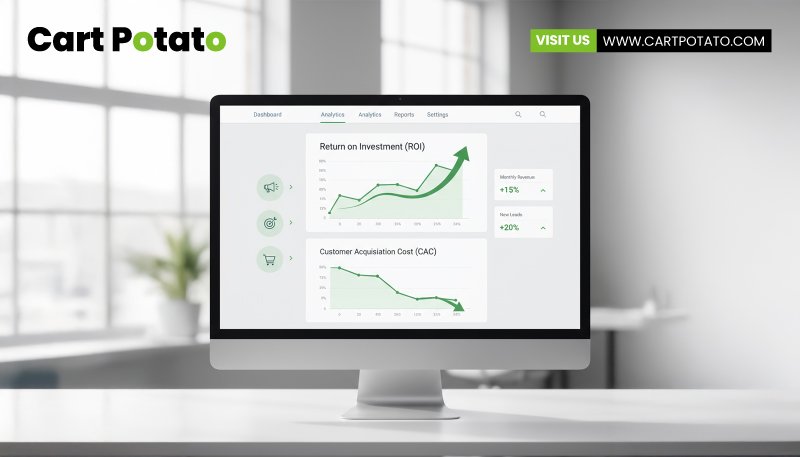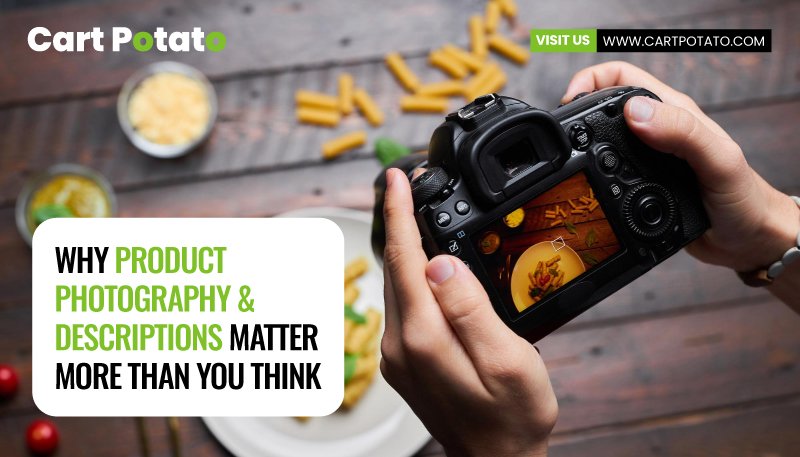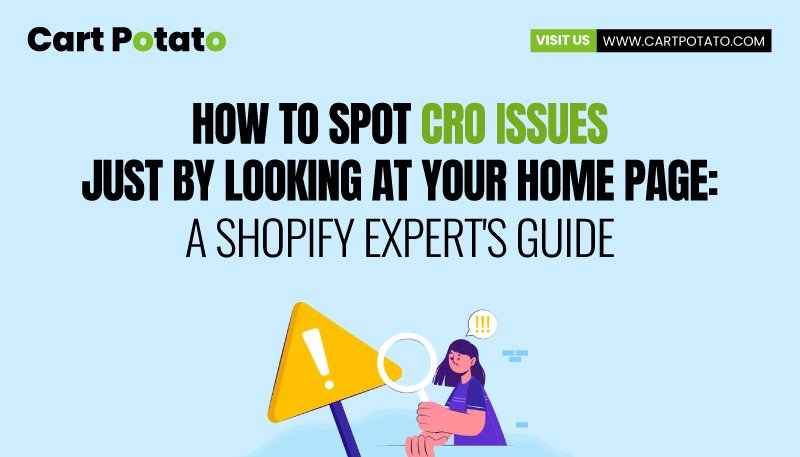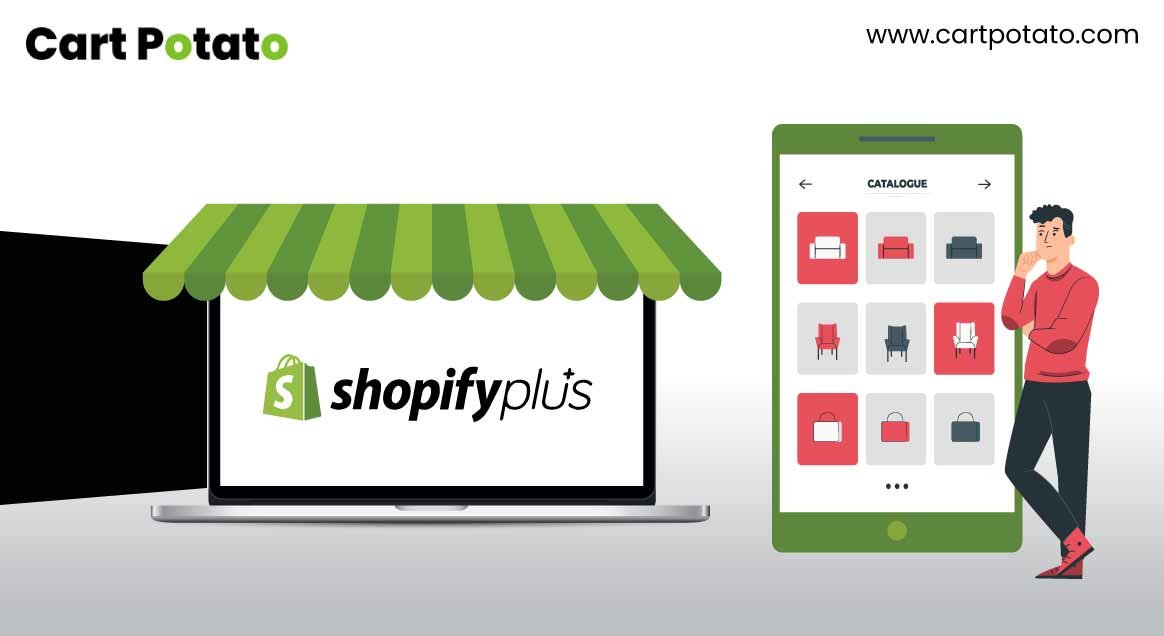
How to Elevate Your Shopify Store with Effective Product Merchandising
In the ever-evolving world of e-commerce, a well-merchandised store can be the difference between success and obscurity. Shopify, a versatile platform for e-commerce businesses, offers a robust space for selling an array of products. Whether you’re dealing with physical goods, digital products, or a combination of both, effective product merchandising is a must. Here, we’ll explore the key steps for adding products to your Shopify store and then dive into the art of effective merchandising, suitable for any product/ business type.
Adding Products to Your Shopify Store: Technical Essentials
When it comes to adding products to your Shopify store, there are crucial technical steps to follow to ensure a seamless shopping experience for your customers. Let’s break down these technical essentials:
Product Selection
The first step is selecting the products you want to sell. This decision should align with your store’s niche and target audience.
Categorisation
Once you have your products, organize them into logical categories. Categories make navigation easy for your customers and help them find what they’re looking for quickly. For example, if you’re selling clothing, you might have categories like “Tops,” “Bottoms,” “Accessories,” etc.
Collect Comprehensive Product Details
Before adding products, gather comprehensive product details. This includes:
– High-Quality Images: Capture clear, well-lit images of your products from various angles. High-quality images are essential for enticing potential buyers.
– Detailed Descriptions: Write informative and engaging product descriptions. Describe the product’s features, benefits, and how it can solve the customer’s problem or fulfil their desire.
– Information on Pricing: Set competitive prices for your products. Ensure that your pricing strategy aligns with your business goals and target market.
– Product Variants: If you offer products with different options (e.g., size, colour), list these variants and their corresponding prices.
Organise in a CSV File
If you plan to upload multiple products in bulk, it’s advisable to organise your product information in a CSV (Comma-Separated Values) file. A CSV file streamlines the process and helps prevent errors during bulk uploads.
Inventory Management
Setting up inventory management is crucial to avoid overselling products. Shopify provides tools to track your stock levels automatically. You can also set up low-stock notifications to replenish inventory in a timely manner.
Payment and Shipping
Configure your payment gateways to allow customers to make secure transactions. Additionally, establish your shipping options. Be transparent about shipping costs and delivery times, as unexpected fees or delays can deter potential buyers.
SEO Optimization
To increase your product’s visibility on search engines and attract organic traffic, optimize product elements such as:
– Product Titles: Craft descriptive and keyword-rich titles that accurately represent your products.
– Descriptions: Write detailed and engaging descriptions that provide value to customers and include relevant keywords.
– Images: Optimize images for faster loading times and ensure they have descriptive file names and alt text.
By following these technical essentials, you can efficiently add products to your Shopify store, provide a seamless shopping experience, and optimise your online store for better search engine rankings.
Shopify Store SEO
Here’s how to effectively optimize the SEO of your Shopify store:
- Keyword Research:Begin by conducting thorough keyword research. Identify relevant keywords and phrases that potential customers are likely to use when searching for products or services similar to yours. Tools like Google Keyword Planner and SEMrush can assist in this process.
- Product Titles:Craft clear, concise, and descriptive product titles. Include your target keywords naturally within these titles without stuffing keywords as this can negatively impact user experience.
- Descriptions:Write informative and engaging product descriptions that not only describe your products but also provide value to potential customers. Incorporate relevant keywords, but focus on readability and relevance.
- Image Optimization:
Optimize your product images by using descriptive file names and alt tags. This not only improves accessibility for visually impaired users but also provides search engines with valuable information about your products.
- URL Structure:
Ensure that your Shopify store uses clean and user-friendly URLs. Avoid lengthy URLs with excessive parameters. Use product names or categories in the URL when possible.
- Meta Titles and Descriptions:
Customize meta titles and descriptions for each product page. These elements appear in search engine results and can significantly impact click-through rates. Include your primary keywords and a compelling call to action.
- Mobile Optimization:
Ensure that your Shopify store is mobile-friendly. Google prioritizes mobile-responsive websites, and this factor can influence your search engine rankings.
- Site Speed:
Improve page loading speed. Faster-loading pages not only enhance the user experience but are also favoured by search engines. Use tools like Google PageSpeed Insights and GTmetrix to identify and address performance issues.
- Internal Linking:
Implement a logical internal linking structure. Link related products or categories within your store. This helps both users and search engines navigate your site efficiently.
- User-Generated Content:
Encourage user-generated content, such as product reviews and ratings. Not only do these elements build trust among potential customers, but they also provide fresh, relevant content that can boost SEO rankings.
- Schema Markup:
Implement schema markup to provide search engines with structured data about your products. This can lead to rich snippets in search results, improving click-through rates.
- Regular Updates:
Keep your store content fresh by regularly adding new products and updating existing ones. Search engines tend to favour websites with frequently updated content.
- Monitor Analytics:
Use tools like Google Analytics to track your website’s performance. Analyse traffic, user behaviour, and conversion rates. Use these insights to refine your SEO strategy continually.
- Backlink Strategy:
Develop a backlink strategy to earn high-quality, relevant links from authoritative websites. Quality backlinks can significantly impact your search engine rankings.
By implementing these SEO optimization strategies, you can enhance the visibility of your e-commerce Shopify store in search engine results, attract organic traffic, and ultimately drive more sales.
SEO is an ongoing process, so regularly review and refine your strategy to stay competitive in the ever-changing digital landscape.
Effective Merchandising for All Products
Once your products are ready for sale, effective merchandising becomes the linchpin of your success. Here are some key strategies suitable for any product type.
- Clear and Compelling Product Information:
Craft product titles and descriptions that provide clarity. Customers should understand what the product is and why they need it. Use persuasive language to highlight benefits.
Let’s illustrate the importance of clear and compelling product information with an example from the Shopify store designed and developed by Cart Potato, Good Elf. Good Elf is a platform that offers the best Christmas trees. Here’s how they effectively use product descriptions to convey clarity and persuade customers of the benefits. Below given is the snapshot for the same:
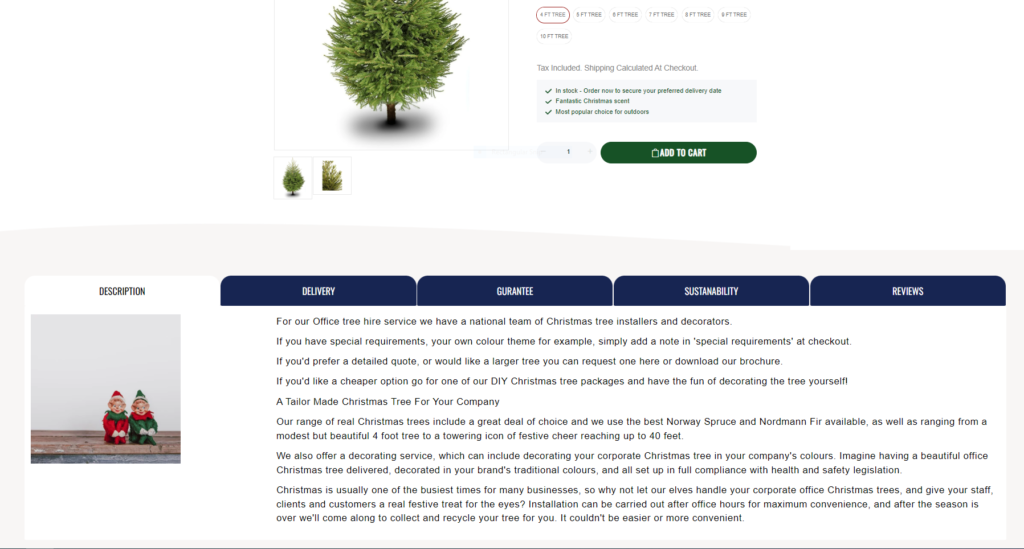
Benefits Highlighted:
This product description effectively conveys what the product is, why it’s beneficial, and why customers should choose it. It highlights the delivery, the guarantee, the sustainability and also the reviews of the product as highlighted in the above snapshot. It caters to individuals looking for eco-friendly alternatives, providing clarity and persuading them with its compelling language.
- Visual Appeal:
High-quality images and videos are indispensable for showcasing your products. Ensure visuals are not only clear but also provide context on how the product is used.
Let’s demonstrate the importance of visual appeal with an example from the Shopify store designed and developed by Cart Potato, Pashmoda. Pashmoda is an online fashion retailer specializing in shawls and scarves. Here’s how they effectively use high-quality images to showcase their products:
Visual Appeal: Below is the snapshot of the product page on Pashmoda’s website features striking imagery that perfectly highlights the shawl’s beauty and versatility.
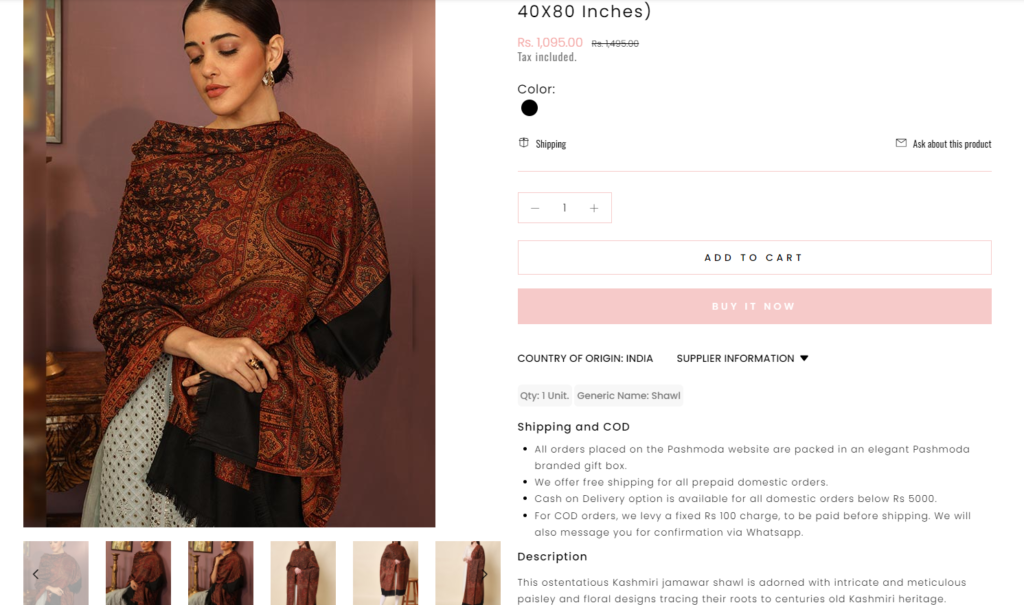
Context: The images not only showcase the shawl’s paisley and floral design and luxurious silk fabric but also provide context on how the product can be used. They show the shawl being elegantly draped around the model’s neck, styled in different ways.
Benefits Highlighted:
– Design Detail: The high-resolution images allow customers to zoom in and appreciate the intricate floral pattern and the quality of the silk fabric.
– Versatility: By showing different styling options, the images demonstrate that this scarf can be a versatile accessory, suitable for various occasions.
– Luxury Feel: The visuals convey a sense of luxury, making the customer feel that they are purchasing a premium product.
Their high-quality images not only display the product but also inspire potential buyers on how to incorporate it into their wardrobe. This approach adds to the overall shopping experience, making it more engaging and persuasive.
- Logical Organization:
Implement categories and tags to organize your products logically. This enhances the user experience and makes it easier for customers to explore your offerings.
- Bundle and Discount Offers:
Create product bundles and offer discounts to incentivize customers to explore more products or make larger purchases.
Let’s illustrate the concept of bundle and discount offers with an example from the Shopify store designed and developed by Cart Potato, Zink London. Zink London is a fashion brand known for its trendy clothing collections. Here’s how they effectively use bundle offers:
Below given is the snapshot of product page for the product: “Off-White Printed Tie-Up Top for Women”

Bundle and Discount Offer: On the product page for the “Off-White Printed Tie-Up Top for Women,” Zink London offers customers an attractive bundle deal:
Benefits Highlighted:
– Savings: By offering a bundle deal, Zink London encourages customers to buy more, ultimately saving money on two stylish tops.
– Variety: Customers can choose different styles or colours, allowing for greater wardrobe versatility.
– Urgency: The limited-time offer creates a sense of urgency, prompting customers to make a quicker purchasing decision.
Zink London’s use of bundle and discount offers on their product pages entices customers to explore more options and make larger purchases. This strategy not only boosts sales but also enhances the overall shopping experience by providing value and choice to customers.
- Multi-Channel Promotion:
Don’t limit your marketing efforts to your Shopify store. Utilize social media, email marketing, and other channels to reach your target audience.
Conclusion
By implementing these strategies, you can effectively merchandise your products on your Shopify store, boost sales and cater to your audience’s needs. Remember, effective merchandising is a dynamic process that requires ongoing optimization and adaptation to stay ahead in the competitive world of e-commerce.
Looking for expert Shopify solutions? Look no further than Cart Potato– one-stop destination for all your Shopify needs!


